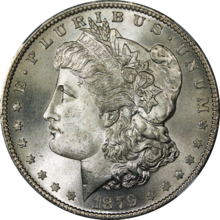Coins of the United States dollar, aside from those of the earlier Continental currency were first minted in 1792. New coins have been produced annually and they make up a valuable aspect of the United States currency system. Circulating coins exist in denominations of 1¢, 5¢, 10¢, 25¢, 50¢, and $1.00. Also minted are bullion, including gold, silver and platinum, and commemorative coins. All of these are produced by the United States Mint. The coins are then sold to Federal Reserve Banks which in turn are responsible for putting coins into circulation and withdrawing them as demanded by the country's economy.

The Watergate scandal was a major political scandal in the United States involving the administration of President Richard Nixon from 1972 to 1974 that led to Nixon's resignation. The scandal stemmed from the Nixon administration's attempts to cover up its involvement in the June 17, 1972, break-in of the Democratic National Committee headquarters in Washington, D.C., at the Watergate Office Building.
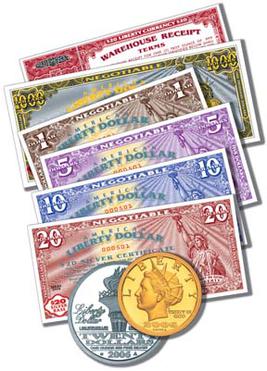
The American Liberty Dollar (ALD) was a private currency produced in the United States.

The Eisenhower dollar was a one-dollar coin issued by the United States Mint from 1971 to 1978; it was the first coin of that denomination issued by the Mint since the Peace dollar series ended in 1935. The coin depicts President Dwight D. Eisenhower on the obverse, and a stylized image honoring the 1969 Apollo 11 Moon mission on the reverse. Both sides were designed by Frank Gasparro, with the reverse based on the mission patch designed by astronaut Michael Collins. It is the only large-size U.S. dollar coin whose circulation strikes contained no silver.
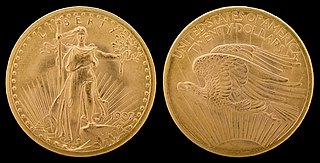
Executive Order 6102 is an executive order signed on April 5, 1933, by US President Franklin D. Roosevelt "forbidding the hoarding of gold coin, gold bullion, and gold certificates within the continental United States." The executive order was made under the authority of the Trading with the Enemy Act of 1917, as amended by the Emergency Banking Act in March 1933.
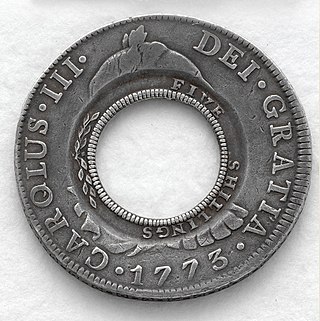
Holey dollar is the name given to coins used in the early history of two British settlements: Prince Edward Island and New South Wales. The middle was punched out of Spanish dollars, creating two parts: a small coin, known as a "dump" in Australia, and a "holey dollar". This was one of the first coins struck in Australia.

Lonnie Theodore Binion, also known as Ted Binion, was an American gambling executive and the son of Las Vegas casino magnate Benny Binion, owner of Binion's Horseshoe casino. Ted Binion was involved in multiple criminal cases which included associating with organised crime figures. Binion had a multi-million dollar bullion coin and silver bar collection, known as the Binion Hoard, which he hid inside the Horseshoe casino and at two properties that he owned. When Binion died in 1998, there were suspicions of foul play. Binion's girlfriend Sandra Murphy and her lover Rick Tabish became the prime suspects. Both were charged and convicted of murder in Binion's death. The two were later granted a new trial and acquitted on the murder charges.
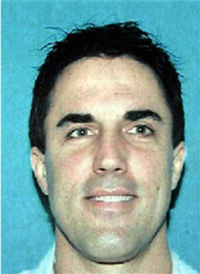
Darren Roy Mack became the subject of an international manhunt in June 2006 after being charged with the stabbing death of his 39-year-old estranged wife, Charla Mack, in the garage of their Reno, Nevada home. Mack was also suspected of, and later charged with, the sniper shooting of Family Court Judge Chuck Weller, who was handling the couple’s acrimonious divorce. Charla Mack was murdered after 9:00 a.m. on June 12, 2006, and Judge Weller was shot around 11:05 a.m. the same day. Judge Weller spent time recovering, and returned to his courtroom on August 16.

The Coinage Act of 1965, Pub. L.Tooltip Public Law 89–81, 79 Stat. 254, enacted July 23, 1965, eliminated silver from the circulating United States dime and quarter dollar coins. It also reduced the silver content of the half dollar from 90 percent to 40 percent; silver in the half dollar was subsequently eliminated by a 1970 law.

Fiat money is a type of currency that is not backed by a commodity, such as gold or silver. It is typically designated by the issuing government to be legal tender, and is authorized by government regulation. Since the end of the Bretton Woods system in 1971, the major currencies in the world are fiat money.
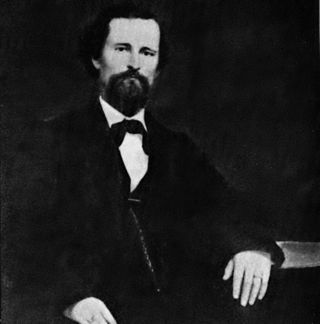
Lemuel Sanford Bowers was an American teamster of Irish descent, miner and owner of the Crown Point Mine near Gold Hill, Nevada. Bowers and his wife were the Nevada Territory's first millionaires. Their home, the Bowers Mansion, was the first of the stately homes built in Nevada with the wealth from the Comstock Lode.
The 2019 Nevada killing spree was a series of murders in January 2019 in which an assailant broke into three homes in Douglas and Washoe Counties in northwestern Nevada, murdered the elderly inhabitants, and made off with valuables. Reports of the crimes terrified area residents for several days until a police manhunt identified and apprehended Wilber Ernesto Martinez-Guzman. The sheriff's report states that Martinez-Guzman later confessed.

3rd Street Flats is a mixed-use development project located in downtown Reno, Nevada. It includes 94 apartment units, retail space, and a restaurant. It previously operated as Kings Inn, a hotel and casino. The hotel opened in September 1974, and the casino opened the next year. The casino closed in 1982, following financial issues, and the hotel closed on July 12, 1986, because of fire code violations. Although there were plans to reopen the building, it ultimately sat vacant for the next three decades.
Joseph Conforte was an American legal brothel owner from Sparks, Nevada, professional boxing promoter, restaurateur, and philanthropist.

Royal Nevada was a hotel and casino located on the Las Vegas Strip in Winchester, Nevada. It was owned by Frank Fishman, who leased it to various individuals during its brief history. The resort was designed by Paul Revere Williams, and construction began in August 1954. The Royal Nevada opened on April 19, 1955, and was among four Las Vegas resorts to open within a six-week period, at a time when demand had declined for additional hotel rooms. The resort faced numerous financial problems, and was closed and reopened several times.

Noble Hamilton Getchell (1875-1960) was an American miner and politician from Nevada. He served five consecutive terms in the Nevada State Senate from 1922 through 1942. He also served in the Arizona State Senate from 1917 through 1918, during the 3rd Arizona State Legislature. He was the chairman of the Nevada Republican Committee for 12 years, followed by 13 years as the National Committeeman for the Republicans in Nevada. He was in the mining field, doing exploration and development in Alaska, Colorado, Arizona, Washington, and most significantly in Nevada. The mineral Getchellite is named after him, and for several decades, until its demolition in 2013, the library at the University of Nevada was named after him.

The Redfield Hoard was LaVere Redfield's collection of 407,000 silver Morgan and Peace dollars. The hoard was discovered in Reno, Nevada, at the home of LaVere Redfield after his death in 1974.

The Binion Hoard was American gambling executive Ted Binion's collection of silver and silver dollars. Binion had a safe installed 12 ft (3.7 m) deep in the ground of a vacant lot that he owned in Pahrump, Nevada, United States. In the safe he stored his 46,000 pounds (21,000 kg) of silver, including 135,000 silver dollars. In 1998, Binion died of an overdose and authorities determined that he had been murdered. Two days after his death Richard Tabish and four other people were arrested for digging up the buried silver.

Lincoln Fitzgerald was an American casino owner who operated three casinos in Nevada. He previously operated gambling establishments in Michigan, but in 1946 he moved to Reno, Nevada and opened The Nevada Club. In 1949, he survived a murder attempt in his garage. In 1976, he opened the largest of his casinos, the 16-story Fitzgeralds Casino & Hotel, Reno.
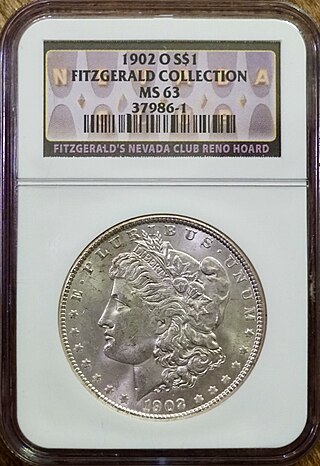
The Fitzgerald Hoard was a collection of casino chips, silver coins and collectables which had been stored in a warehouse in Reno, Nevada. The entire hoard was purchased by notable California coin dealer Ron Gillio. Named for casino owner Lincoln Fitzgerald, it included over 100,000 American silver dollars and masses of gambling paraphernalia.

